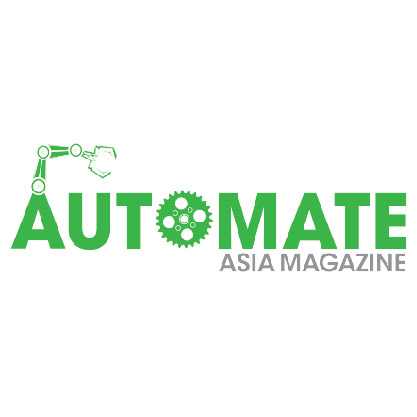In A First, Most North American Robots Last Year Didn't Go To Automotive Plants
- Automate Asia Magazine

- Apr 16, 2021
- 2 min read
For the first time last year, most of the robots ordered by companies in North America weren't destined for automotive factories.

For the first time last year, most of the robots ordered by companies in North America weren't destined for automotive factories.
The shift is part of a long-term trend of automation spreading into more corners of the economy which was accelerated by the COVID-19 pandemic. Online retailers have scrambled to expand capacity as more people buy goods online, while food and other types of factories have seen automation as a tool to keep lines running and workers safely separated.
Shipments of robots rose to 31,044 in 2020, a 3.5per cent increase over the prior year, with 52per cent going to plants that make things such as consumer goods and pharmaceuticals, according to data compiled by industry group the Association for Advancing Automation.
The orders were valued at US$1.57 billion in total.
Orders by life sciences, pharmaceutical and biomedical companies rose 69per cent last year, the group reported, while demand from food and consumer goods companies grew by 56per cent.
"There's definitely been an upturn in particular areas because of the pandemic," said Alex Shikany, the group's vice president of membership and business intelligence. "The value proposition of automation is always efficiency, but with a pandemic it's also a way to space workers out and to run factories 24 hours a day without disruptions."
The robot industry, like most manufacturers, was hit hard during the pandemic as global supply chains ground to a halt and businesses closed. But business snapped back later in the year. Robot shipments in the fourth quarter were the second highest in history, up nearly 64per cent from the year-ago period, the report said.
The auto industry, a mix of assembly plants and parts suppliers, has long dominated the market for robots, although the level of demand can fluctuate depending on how many automakers are retooling for new models. Automotive accounted for two-thirds of robot shipments in 2017.
But other sectors have since been catching up, reflecting the development of less expensive and more flexible robots that are useful in more industries as well as growing pressure to automate jobs in what was, until the pandemic, a tight labour market.
Source: www.channelnewsasia.com





-01.jpg)


